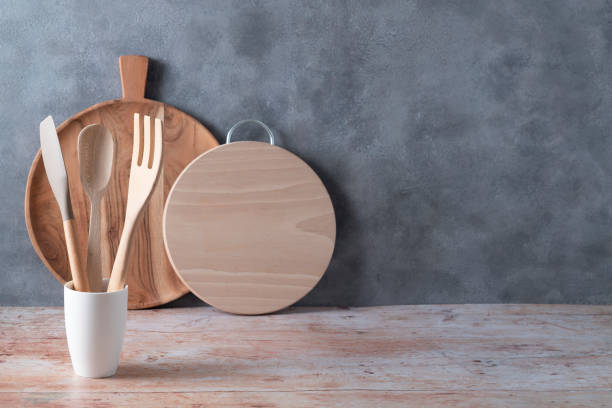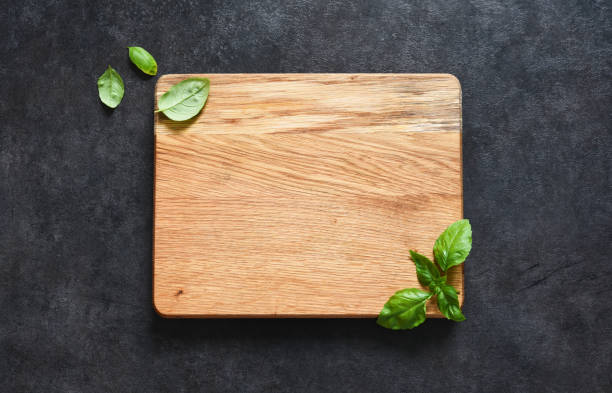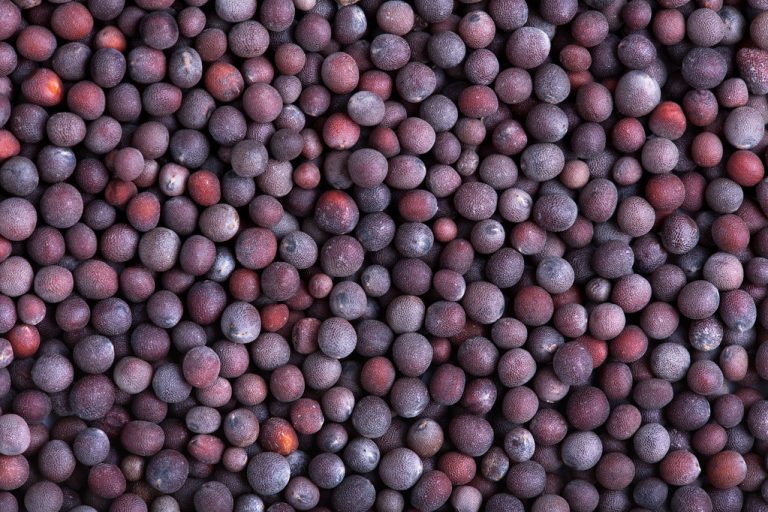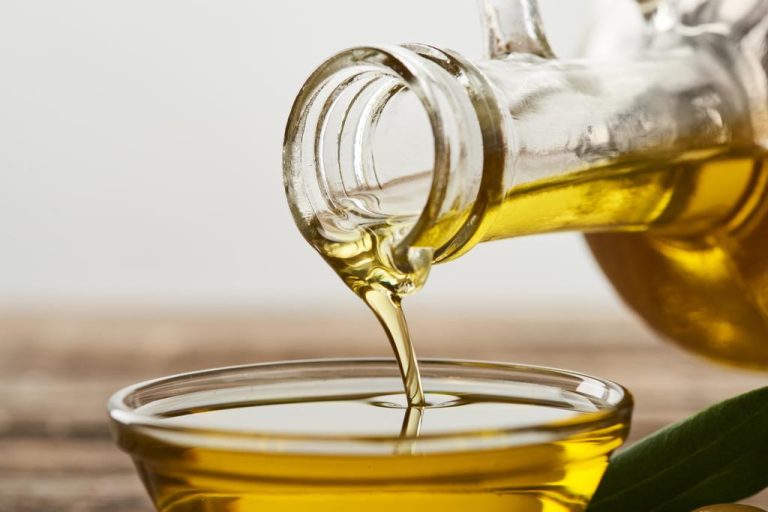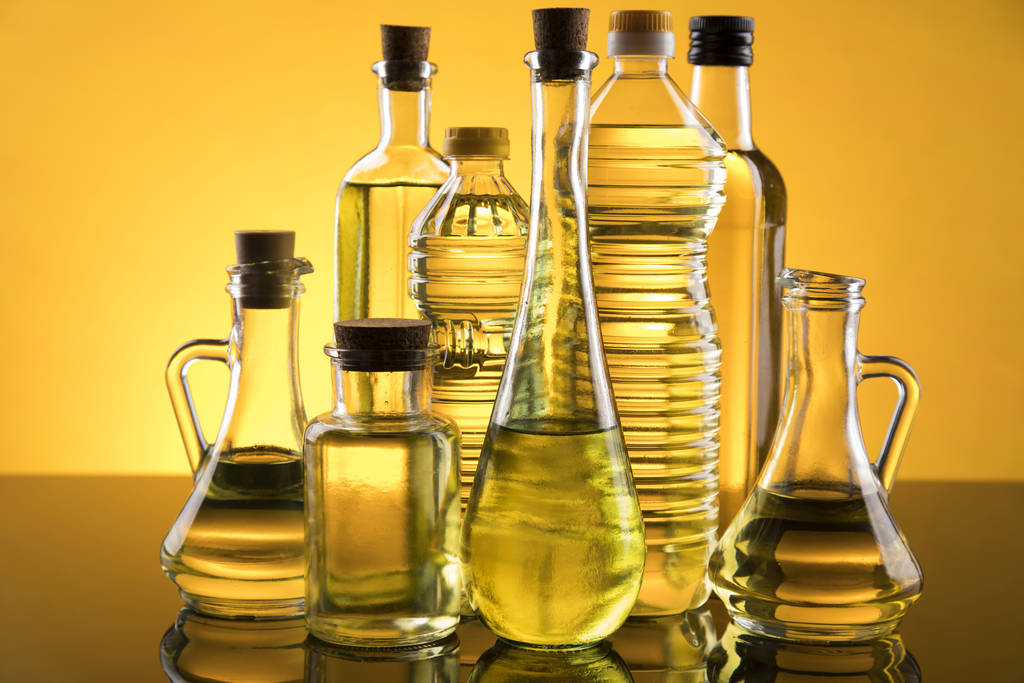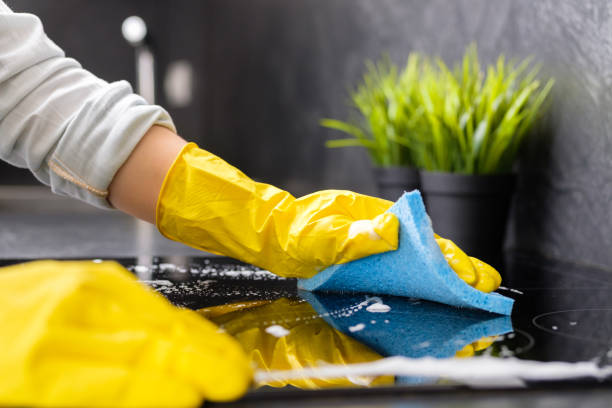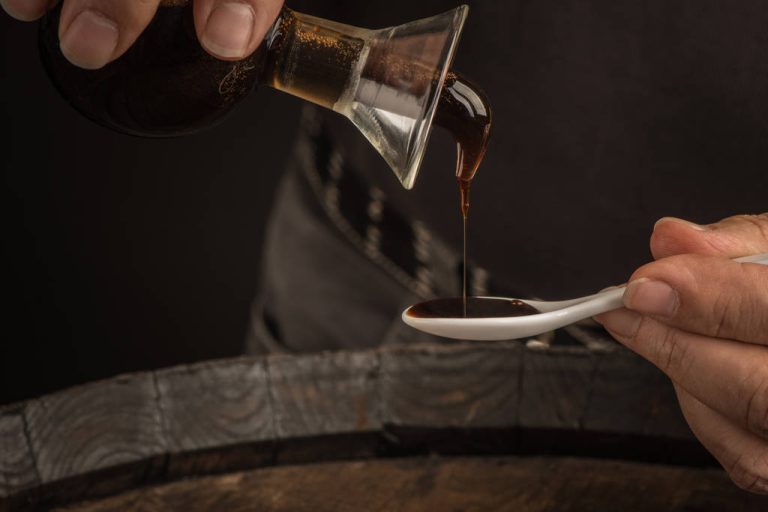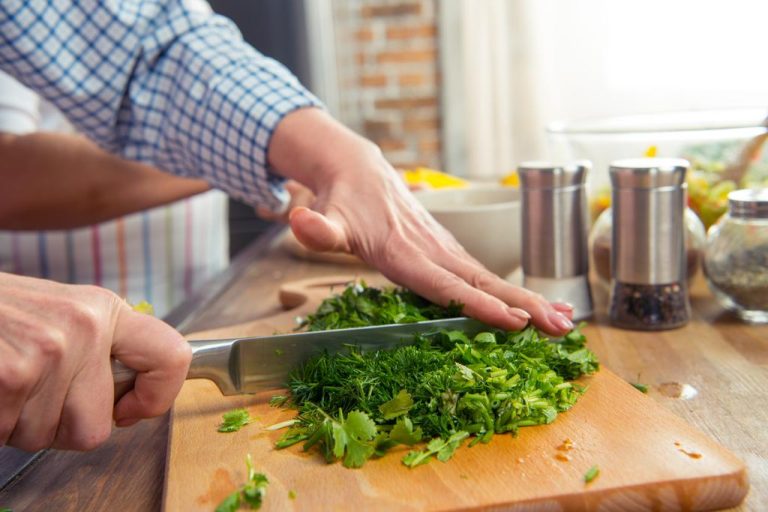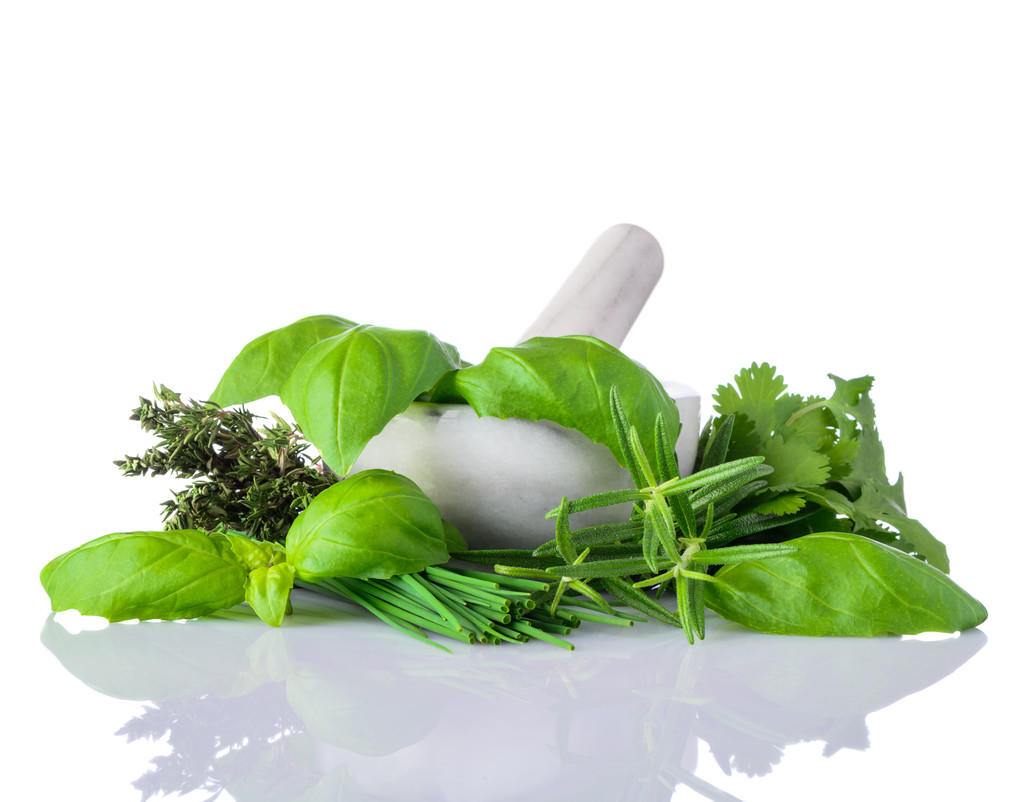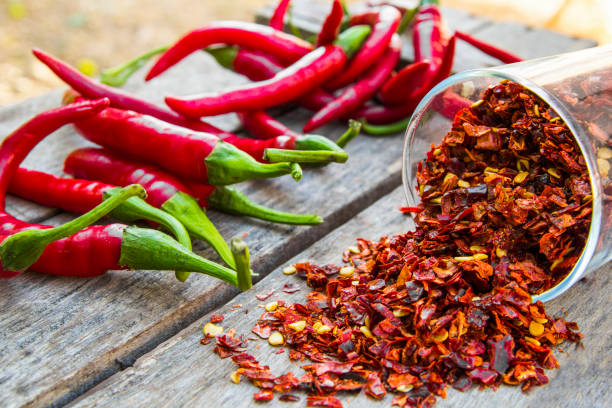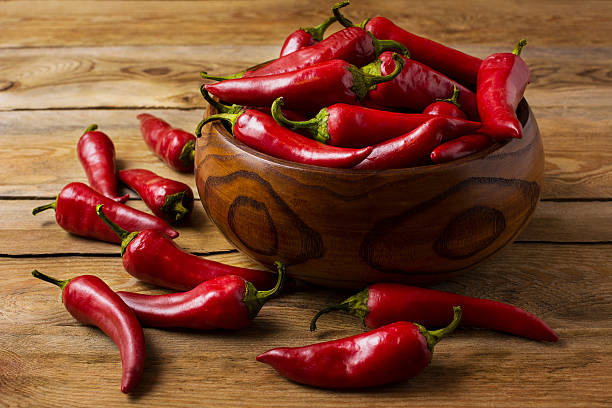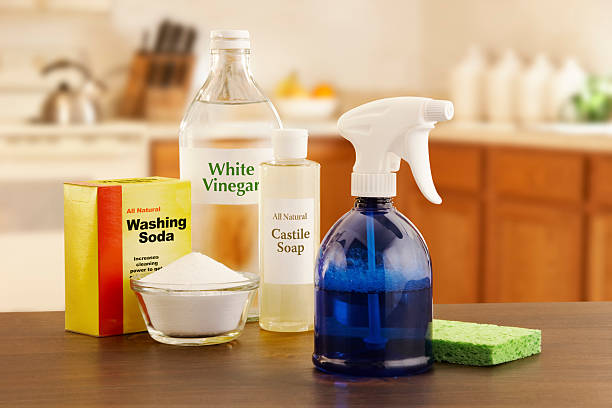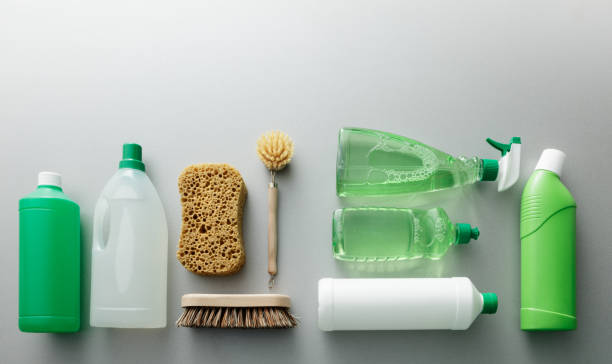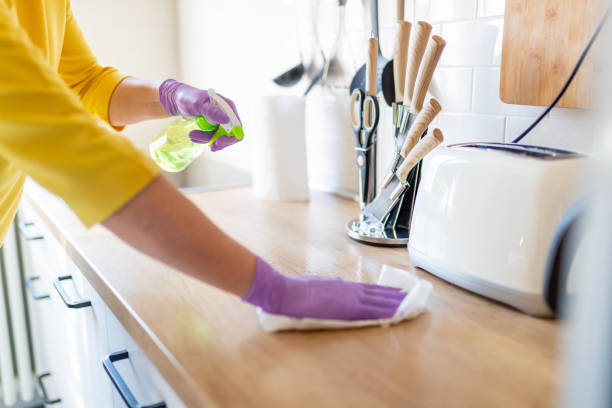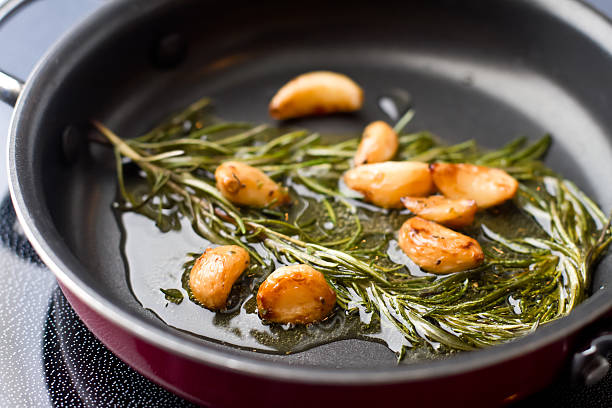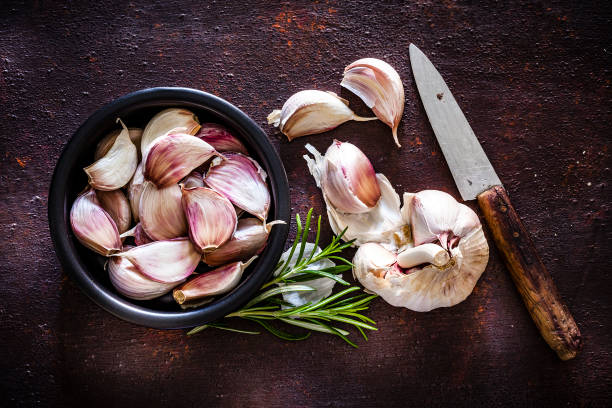Aceto Balsamico (balsamic vinegar for short, sometimes also called balsamic vinegar) is something special for gourmets, belongs to fine dining and is better than normal vinegar. At least that’s what you might think – but the truth is quite different.
We took a closer look at this unfairly underrated food. It has been with people for thousands of years. Vinegar has only recently disappeared from people’s consciousness, and we’re bringing it back to the front of the curtain.

The Story of Vinegar: Coincidences, the Bible, and Soft Drinks
The earliest traces of vinegar are found in Babylonian clay vessels from around 6,000 BC. At that time, vinegar was probably discovered by accident, when the wine stored in the jars came into contact with acetic acid bacteria. The wine continued to ferment and became sour – and the first wine vinegar was born. It is not known when the intentional production of vinegar began.
The fact is, however, that the ancient Egyptians mixed vinegar with water and regarded it as a refreshing drink. The same was true of the Roman soldiers who mixed vinegar in their drinking water and drank it as “posca”. So the sponge of vinegar mentioned in the Bible at the crucifixion was actually a kind gesture. The vinegar-water mixture was a popular drink until modern times and was only recently replaced by lemonades. However, adding vinegar to drinking water had a serious background: acetic acid kills germs. Adding vinegar often made the water drinkable in the first place.
Acetic acid, the health secret
The knowledge of the healing power of acetic acid is also thousands of years old. Even in ancient times, soldiers’ wounds were cleaned with vinegar to prevent infections. Back then, doctors didn’t know what an antibacterial effect was, but they did know that vinegar could heal wounds better. When the plague raged in Europe in the Middle Ages, doctors used cloths soaked in vinegar as face masks, and the plague houses were cleaned with vinegar.
Today there are better disinfectants, but most of them are not suitable for consumption. Vinegar, on the other hand, is not only harmless, but even promotes healthy digestion. The acetic acid only survives the “good” bacteria, bad ones are killed and inflammation of the digestive tract is alleviated. This also gets the metabolism going – vinegar also helps with weight loss and can lower excessive cholesterol levels.
Probably the oldest preservative in the world
In addition to the treatment of drinking water and a certain healing effect, vinegar has always had one main purpose: the preservation of food. There were no refrigerators, ice chambers were rare exceptions and reserved for the rich.
So ways were sought to preserve the fruit and vegetables harvested in autumn until the next harvest. This was done by drying (mostly fruit), salting (mostly meat, less often vegetables) or just putting it in a vinegar solution with various spices.
Make vinegar yourself or rather buy it?
The basic principle of vinegar production is double fermentation. To do this, fermented fruit juice, wine or another alcoholic liquid is left open in an earthenware, glass or wooden container or covered with a cloth. Contact with air causes the so-called mother of vinegar, a slimy layer with acetic acid bacteria, to form on the surface of the liquid. These are responsible for the second fermentation, which lasts about six to twelve months. You can also make vinegar yourself this way – but the production process takes a long time and the result is uncertain because the unfinished vinegar spoils easily.
Commercial vinegar production has therefore developed the submerged process, in which the vinegar fermentation takes place without mother of vinegar and can therefore be better controlled. With around 30 to 60 hours for the vinegar to mature, this type of production is not only much faster, it also delivers consistent quality. If you pay attention to the organic quality and origin of the vinegar, buying vinegar is a healthier and safer option than making it at home.

Endless varieties: Vinegar and Aceto Balsamico
Even if the assortment in the supermarkets seems to be limited to three, maximum four varieties, there is an almost infinite number of varieties. Fruit vinegar can be made from more or less any fruit juice by double fermentation (first to alcohol, then to vinegar). The same applies to wine – theoretically, any wine can be further fermented into wine vinegar. So for vinegar gourmets there is a wide selection, with fruit vinegars for example from:
Apples (apple cider vinegar is the most common fruit vinegar)
pears
figs or dates
currants
plums
cherries
or flavored with strawberries, raspberries and many other fruits.
The wine vinegars include:
red wine vinegar
white wine vinegar
sherry vinegar
champagne vinegar
Noble vinegar from high-quality wine.
In addition, there is also vinegar made from beer, honey, rice and similar raw materials that are suitable for fermentation. And of course the Aceto Balsamico (balsamic vinegar), a very special form that comes from Italy, should not be missing from this list.
Aceto Balsamic in the kitchen
As with the production of vinegar, the Aceto Balsamico is also a special case in the kitchen. Due to the dark color and the viscous consistency, it is not really suitable for traditional dishes. Wherever it comes from, it has its place in Mediterranean cuisine. Tomato and mozzarella salad with fresh basil, balsamic vinegar and olive oil is probably the best-known example. The Aceto Balsamico is just as suitable for sauces in Mediterranean dishes, such as lamb chops. And if you like something unusual, you can serve vanilla ice cream with pumpkin seed oil and balsamic vinegar for dessert. The combination, which at first glance seems rather strange, is a delicious culinary surprise.
